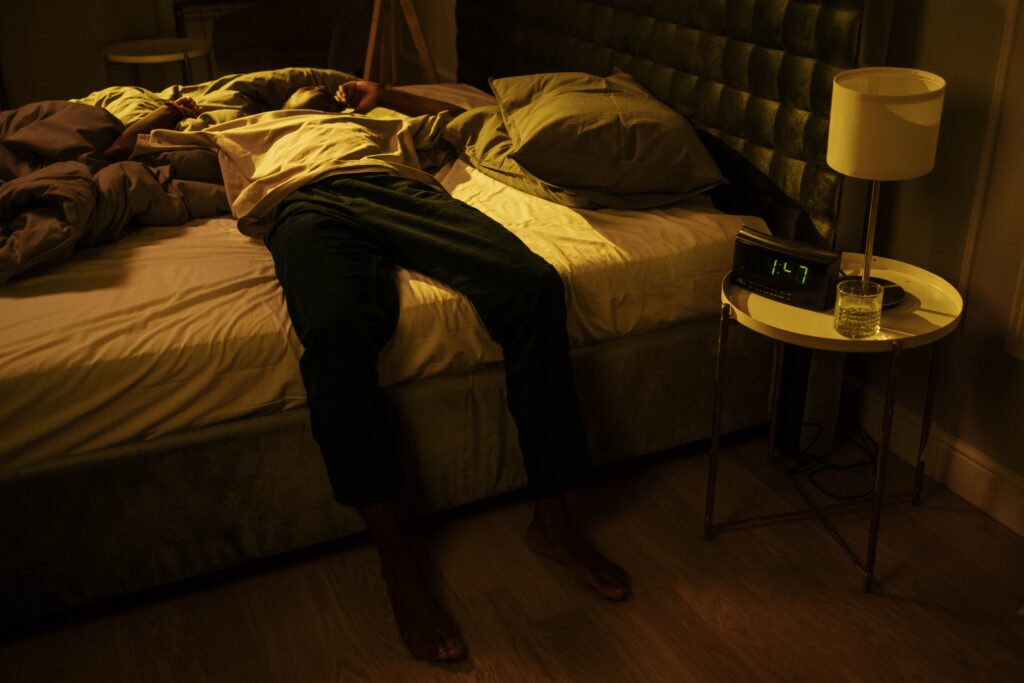How to protect yourself from heat exhaustion and heat stroke
Protecting yourself from the dangers of heat exhaustion and heat stroke is a must. Especially during summer months, it is important to know the warning signs and symptoms — in addition to ways to keep you and your family safe.
To prevent heat exhaustion and heat stroke, be sure to drink plenty of water, avoid wearing tight and uncomfortable clothes (especially when outdoors), take cool baths or showers, avoid drinking too much alcohol, and reduce your exposure to the sun during the warmest hours of the day (typically between 11 a.m. and 3 p.m.).
The goals are to stay cool and safe this summer!
Let’s discuss each illness — along with the warning signs and symptoms — so that you know the differences and can take action if you encounter them.
What is heat exhaustion?
Heat exhaustion can develop after several days of exposure to high temperatures. It is also a condition that will cause your body to overheat, leading to heavy sweating and a rapid pulse. In some cases, heat exhaustion leads to dehydration.
Heat exhaustion is often a milder case of heat-related illness. However, if left untreated, it may lead to heat stroke, which is a much more serious illness that involves central nervous system dysfunction like delirium and coma.
Adults over the age of 65 and children under the age of four are especially prone to heat exhaustion.

Warning signs and symptoms of heat exhaustion
There are a number of warning signs and symptoms of heat exhaustion. They include:
- Fatigue
- Dizziness
- Headache
- Nausea
- Heavy Sweating
- Tiredness or Weakness
- Fainting or passing out
If you notice someone suffering from heat exhaustion, there are specific ways to help the body safely cool down. If the symptoms worsen or last longer than an hour, seek medical attention.
Safe cool down techniques include:
- Drink cool, non-alcoholic beverages
- Take a cool shower, bath, or sponge bath
- Seek an air-conditioned environment
- Wear lightweight clothing
- Rest
What is heat stroke?
Heat stroke is a more serious condition than exhaustion. It occurs once the body is unable to control its temperature.
During a heat stroke, a person’s body temperature may reach over 106°F within 10 to 15 minutes.
If the treatment of heat stroke is delayed, it may result in complications or even death.
![]() Signs and symptoms of heat stroke:
Signs and symptoms of heat stroke:
The following signs and symptoms may be an indication that you’re are dealing with an emergency heat stroke situation.
- An extremely high body temperature (above 103°F)
- Nausea and vomiting
- Fast, strong pulse
- Headache
- Dizziness
- Hot, red and dry skin
- Rapid heartbeat that can cause loss of consciousness or passing out
If you notice someone showing signs of heat stroke, here are the immediate next steps to take, according to experts at the CDC.
Get the person to a shady area.
Cool the person rapidly using whatever methods you can. For example, you can:
- Immerse the person in a tub of cool water
- Place the person in a cool shower, spray the victim with cool water from a garden hose
- Sponge the person with cool water
- If the humidity is low, wrap the victim in a cool, wet sheet and fan him or her vigorously.
Monitor body temperature and continue cooling efforts until the body temperature drops to 101-102°F.
Get medical assistance as soon as possible. If emergency medical personnel are delayed, call the hospital emergency room for further instructions.

